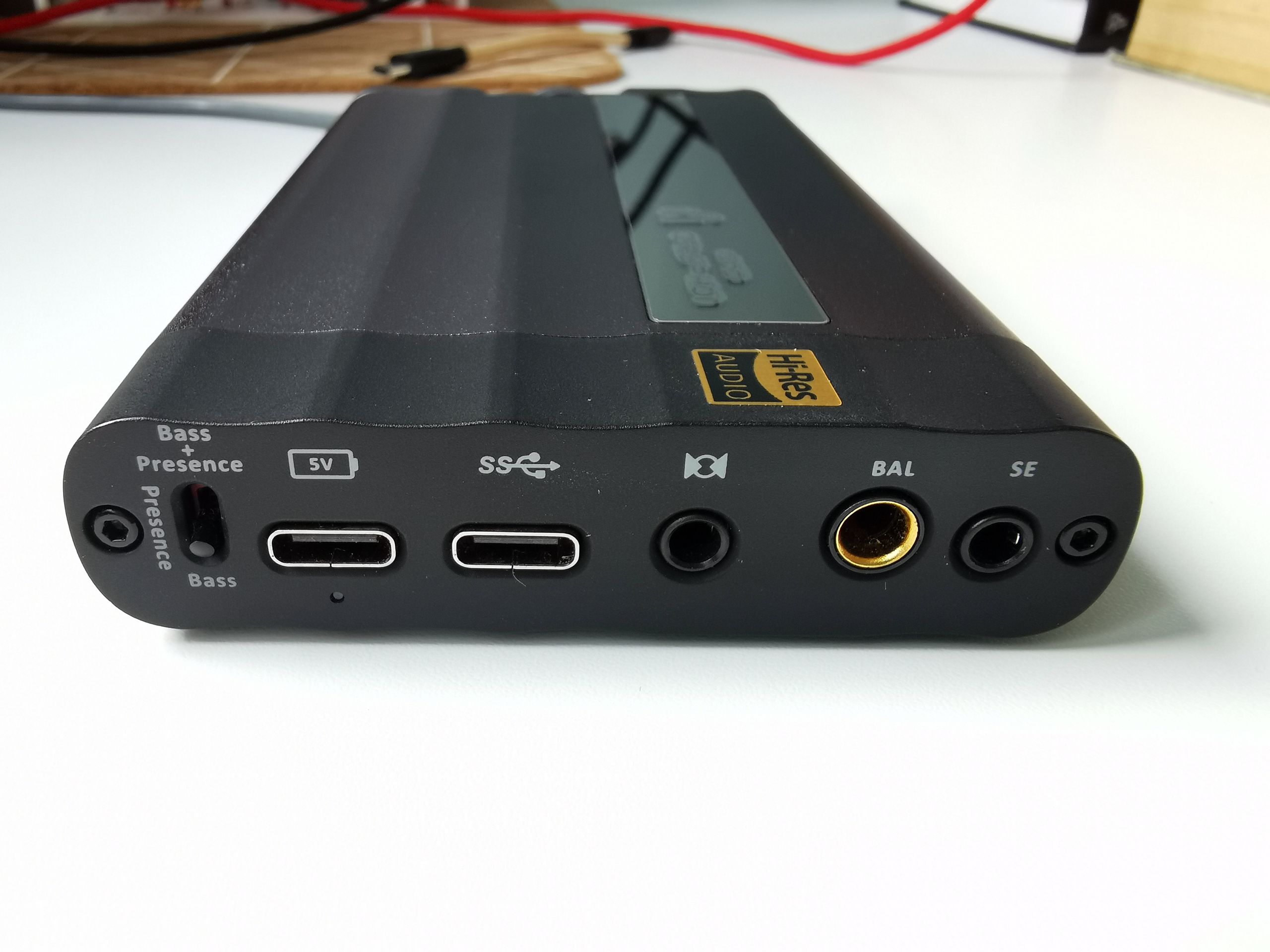electronicsdesign
100+ Head-Fier
@MicrosPL Can you post a picture with the discoloration on these screws ? I wanted to answer, but not sure how bad it really is to give an answer.
As for the Signature vs Gryphon, my opinion is the most significant difference that one should consider is the higher output power of the Signature.
Meaning, if you are going to drive high impedance/low sensitivity headphones, the the Signature is the way to go.
In reagrd to the DAC chips, yes they both use the same DACs, but Signature has 2 of them instead of just 1 on the Gryphon.
What I would expect to see is a bit lower noise floor and lower distorsion. However the lower noise will probably be a benefit only in low gain modes.
This is confirmed by the fact Signature has an IEMatch function, with 2 positions, meaning you are likely going to need it.
Strictly as a DAC, I say don't expect a night and day difference between the 2, cause it's unlikely there is a huge one.
We have to take into consideration the placebo effect as well, as some might try to convince themselves it sounds so much better because it's a higher end device.
It happened to me when I compared the Gryphon to another DAC that has much lower noise and distorsion.
Initially, I had the impression the one with lower THD+N sounds so much better, there's just no comparison.
In reality, the more I listened side by side, the more I realised the differences are much more subtle than I intitially thought.
Then there is the output power thing: if we don't match the outputs when testing side by side, the louder one will ALWAYS give the impression it sounds much better. And you don't even need much, a few dB of mismatch in volumes is enough give the impression of a night and day difference.
P.S.: Yet another aspect is to choose a track that is recorded clean, cause many pieces of music have distorsion that is introduced intentionally to create effects and with such music it's hard to say if distorsion comes from the music itself, the DAC or the headphones.
Same with noise floor, many pieces of music have a relatively high noise floor, much higher than the DAC itself.
As for the Signature vs Gryphon, my opinion is the most significant difference that one should consider is the higher output power of the Signature.
Meaning, if you are going to drive high impedance/low sensitivity headphones, the the Signature is the way to go.
In reagrd to the DAC chips, yes they both use the same DACs, but Signature has 2 of them instead of just 1 on the Gryphon.
What I would expect to see is a bit lower noise floor and lower distorsion. However the lower noise will probably be a benefit only in low gain modes.
This is confirmed by the fact Signature has an IEMatch function, with 2 positions, meaning you are likely going to need it.
Strictly as a DAC, I say don't expect a night and day difference between the 2, cause it's unlikely there is a huge one.
We have to take into consideration the placebo effect as well, as some might try to convince themselves it sounds so much better because it's a higher end device.
It happened to me when I compared the Gryphon to another DAC that has much lower noise and distorsion.
Initially, I had the impression the one with lower THD+N sounds so much better, there's just no comparison.
In reality, the more I listened side by side, the more I realised the differences are much more subtle than I intitially thought.
Then there is the output power thing: if we don't match the outputs when testing side by side, the louder one will ALWAYS give the impression it sounds much better. And you don't even need much, a few dB of mismatch in volumes is enough give the impression of a night and day difference.
P.S.: Yet another aspect is to choose a track that is recorded clean, cause many pieces of music have distorsion that is introduced intentionally to create effects and with such music it's hard to say if distorsion comes from the music itself, the DAC or the headphones.
Same with noise floor, many pieces of music have a relatively high noise floor, much higher than the DAC itself.
Last edited:




























